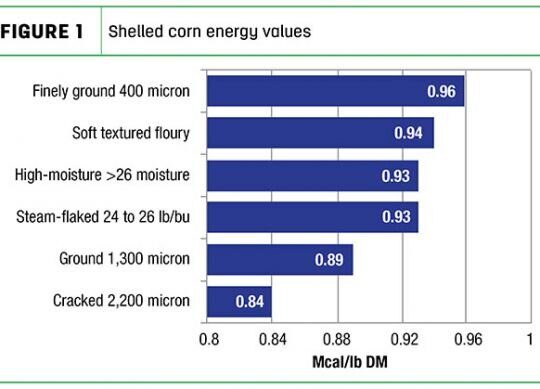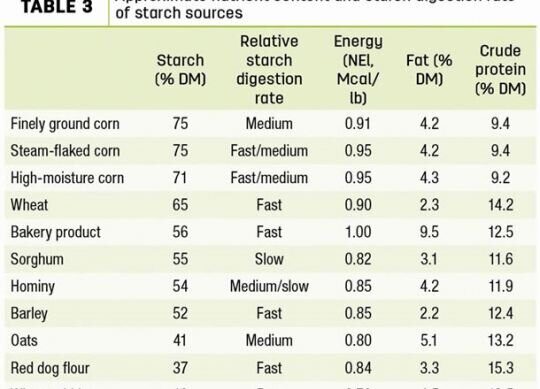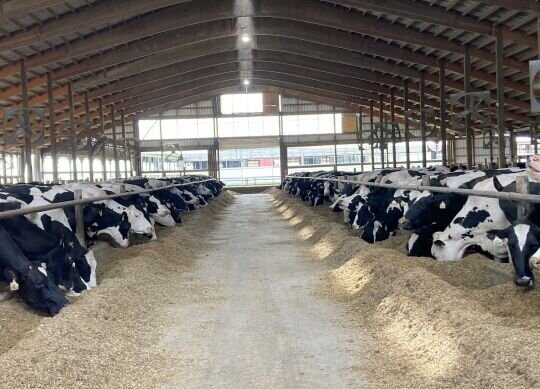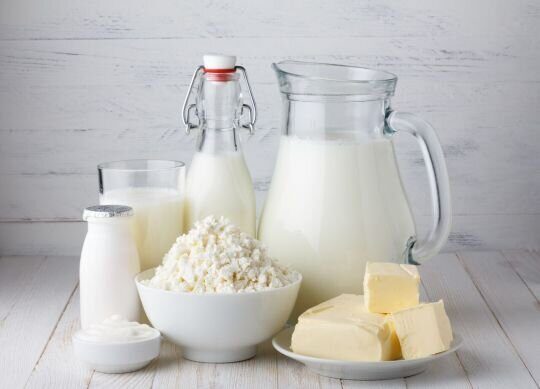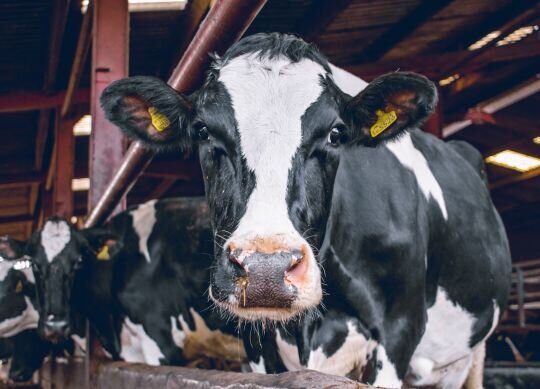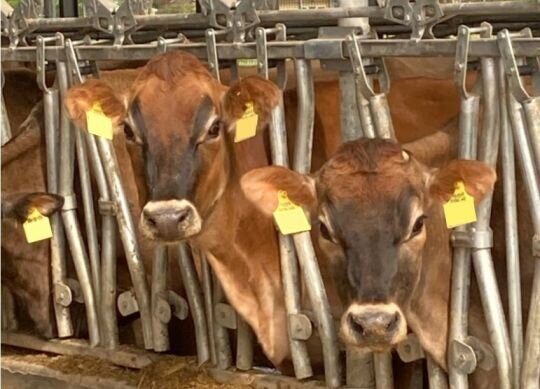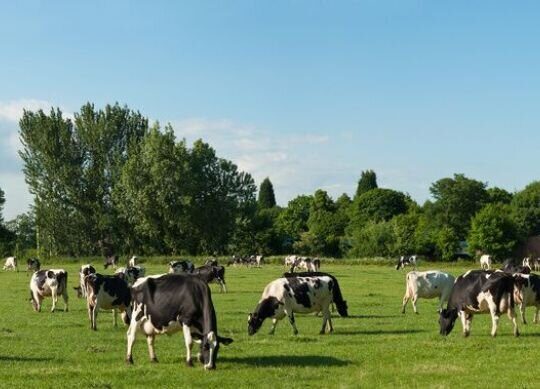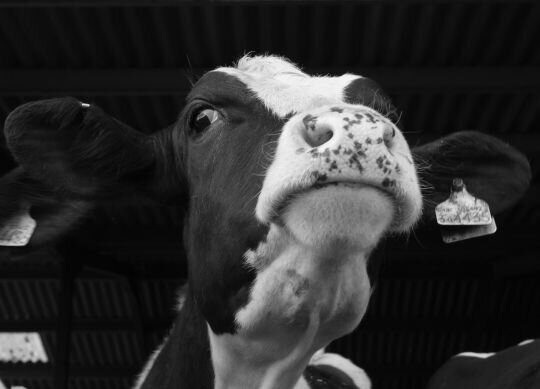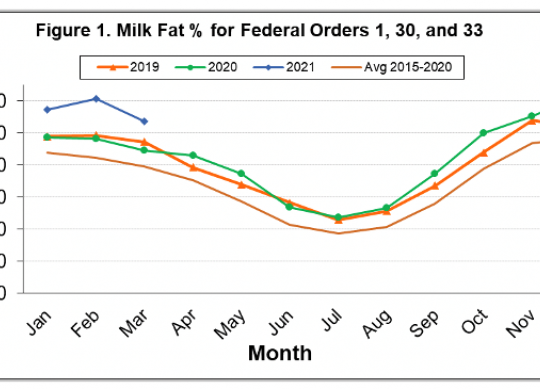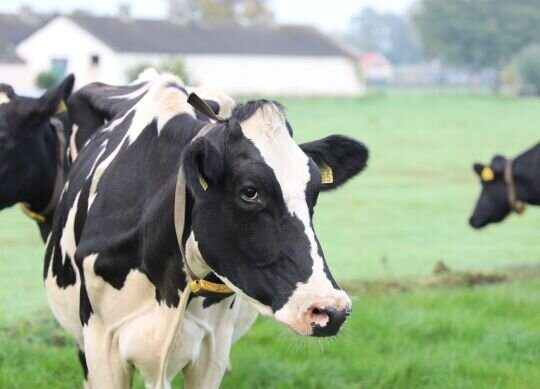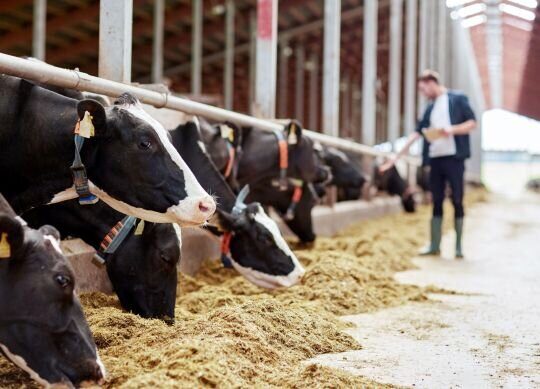The Latest News from Nobis Agri Science
Nobis Agri Science is dedicated to providing the best, most progressive services in the agricultural industry. From dairy cow feed manufacturing and ruminant nutrition to nutritional consulting and forage sampling, our team seeks to expand their knowledge through continuous learning and ongoing training. To learn more about our team, our mission and our pursuit to provide the industry’s best bulk cow feed, view our news articles below.


